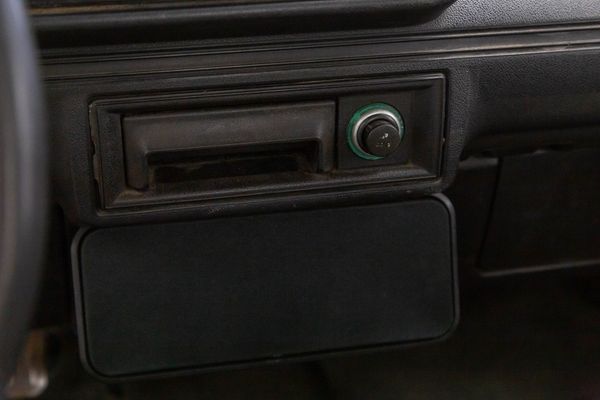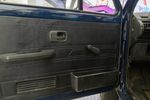Volkswagen Caddy Pickup
Car-ID: OT0436
Vehicle Description
Small truck with passenger car characteristics
– 1.6 liter 4-cylinder in-line diesel engine with 40 kW (54 hp) and 4-speed manual transmission
– 3 owners, since 2006 with the last owner
– Speedometer reading plausible according to service history
– Curved plastic rear window
– Loading area and wheel housings covered with wood
– Chromed roll bar with railing
– Storage boxes in the doors
– Trailer hitch
– German registration
The first generation of the VW Caddy (Type 14D), from 1979 to 2007, was initially built for the North American market at the Volkswagen plant in Westmoreland (USA) under the name “VW Rabbit Pickup” as a compact commercial vehicle based on Golf I, later also for Canada. Due to its design, 625 kg payload, almost 2.5m² loading area and a platform height of only 64 cm, it was particularly popular with farmers and other tradesmen. The high payload required a design change to the rear axle. Longitudinal leaf springs instead of coil springs and asymmetrically arranged shock absorbers made an almost flat loading area possible. Four years after the market launch in the USA, the Volkswagen plant introduced the Caddy for the German and European markets. The front of the vehicle was slightly modified for this purpose. The front grille and the headlights were taken from the Golf I kit. VW also took three engines from the Golf engine range. For optimal economy, there was the 1.6L diesel engine with 40 kW (54 hp). Furthermore the 1.6L gasoline engine with 55 kW (75 PS) and the 1.8L gasoline engine with 70kW (95 PS). Various body variants, an open flatbed, a hardtop made of GRP, as well as other special bodies, could be ordered. Until 1992 the Volkswagen subsidiary TAS in Sarajevo produced the European Caddy. With some modifications, it was still produced in South Africa until 2007.































































































